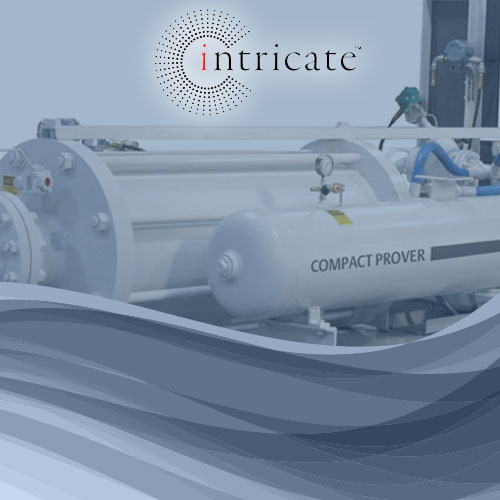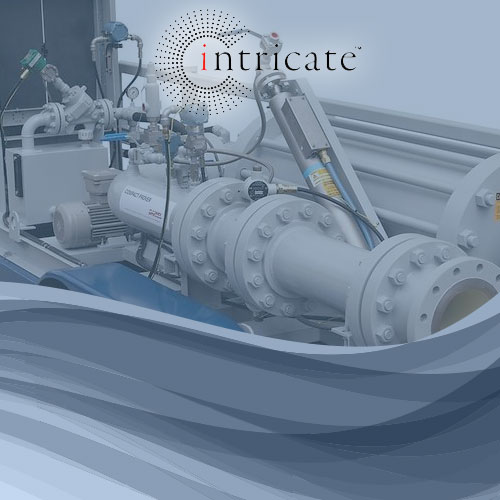Meter proving: whenever a “prover” samples and confirms the quality of a meter whether computerized, also known as SMART technologies, or analog Where it comes to meter proving there are plenty of considerations and the figures might vary on a whim based on the sort of meter and technique of testing. Basically, its a gas meter prover for gas meters. It is not as simple as you might imagine where the provers have got to measure and then compare to pre-calculated details as indicated by their guide.
Meter proving and meter testing are different. Here’s why.

Compact Meter Proving in Calgary
Meter proving can possibly be described as a procedure for determining a modification element (i.e. a meter factor) to modify the tested quantities for inaccuracies caused by installation and working influences. After the information has-been collected from the meter proving expert, he/she then compares that data to national meteorology data publicly available through institutions such as for instance the National Institute for Standards and technologies. Proving is quite typical for liquid hydrocarbon metering and especially for pipeline custody transfer. Specialized prover connectivity are necessary at the metering station to permit simultaneous measuring of the liquid in both the devices.
Although meter testing has been around in excess of a hundred years the exact same standard is out there today as it was all that long ago. Because of this testing thru this method is vulnerable to various different variants and insecurities.
A gas meter prover is a device that confirms the consistency of a gas meter. City and public works are unequivocally the the majority of employers of meter provers. Provers perform by moving a known mass of air through a meter whereas watching the gas meters register, index, or internal displacement. As soon as that is complete the prover (meter) then takes the data he/she documented in the percent of air directed to that of the value showed on the meter’s own.

Meter Proving by Intricate
A bell prover has two layers, one inside tank encompassed by an additional outside shell. A space among the inner tank and external shell is filled up with a sealing fluid, in the majority of cases oil. An upside-down tank, regarded as the bell, is set over the tank that is inner. An air-tight is provided by the fluid seal. Bell provers are frequently counterweighted to supply pressure level that is positive to a line and valve interconnected to a meter. Often times rollers or guides are put in on the moving part of the bell which enables for smooth linear motion devoid of the potential for unmeasurable stress differentials caused by the bell swaying back or forth.
“Bells have a quantity of air that is determined by calculated temperature, pressure level additionally, and the effective diameter of the bell. Each bell scale, fitted vertically, is exclusive to its paired bell.”says Darryl Rampod of Harvest Oilfield Services, a turnaround services company.
When proving a meter with a manually managed bell, an operator must initially fill the bell with a controlled air supply or raise it manually by opening a valve and pulling a chained device, seal the bell and meter and confirm the sealed system for leaks, calculate the flow rate required for the meter, set up a special flow-rate cap on the meter outlet, observe the initiating points of both the bell scale and meter index, relieve the bell valve to move air through the meter, monitor the meter index and evaluate the time required to pass the pre-specified quantity of air, subsequently manually estimate the meter’s proof accounting for bell air and meter Temp and in some instances some other environment facets.
Automation has been accomplished with the advent of programmable logic controllers or PLCs. Instead of manually raising and lowering the bell prover, solenoid valves linked to a PLC controls air flows through the meter. Temp, pressure, and moisture detectors might be utilized to feed data into an computerized bell PLC, and measurements for meter proofs could be handled by a computer or electronic device developed for this function. From the 90s, computers and PAC (Programmable Automated Controls) have been made use of. Detectors to read the index of a meter were added in to further automate the process, removing much of the human error linked with manual bell provers.
The natural evolution of the automatic bell and PAC controls guided itself to the use of vacuum driven provers with arrays of sonic nozzles (implementing choked flow to give precise flow rates. Such a use eliminated the dependence on a bell, as the flow rate is provided through the nozzles. When sufficient vacuum is applied to a sonic nozzle it creates a constant flow rate. Bernoulli’s principle is applied to calculate the chosen flow rates chosen by the user or computerized by a computer. The best part about using digital machine-controlled units in proving is that live data might be collected and sent across an internal network granting dynamic analyzation of live data.
